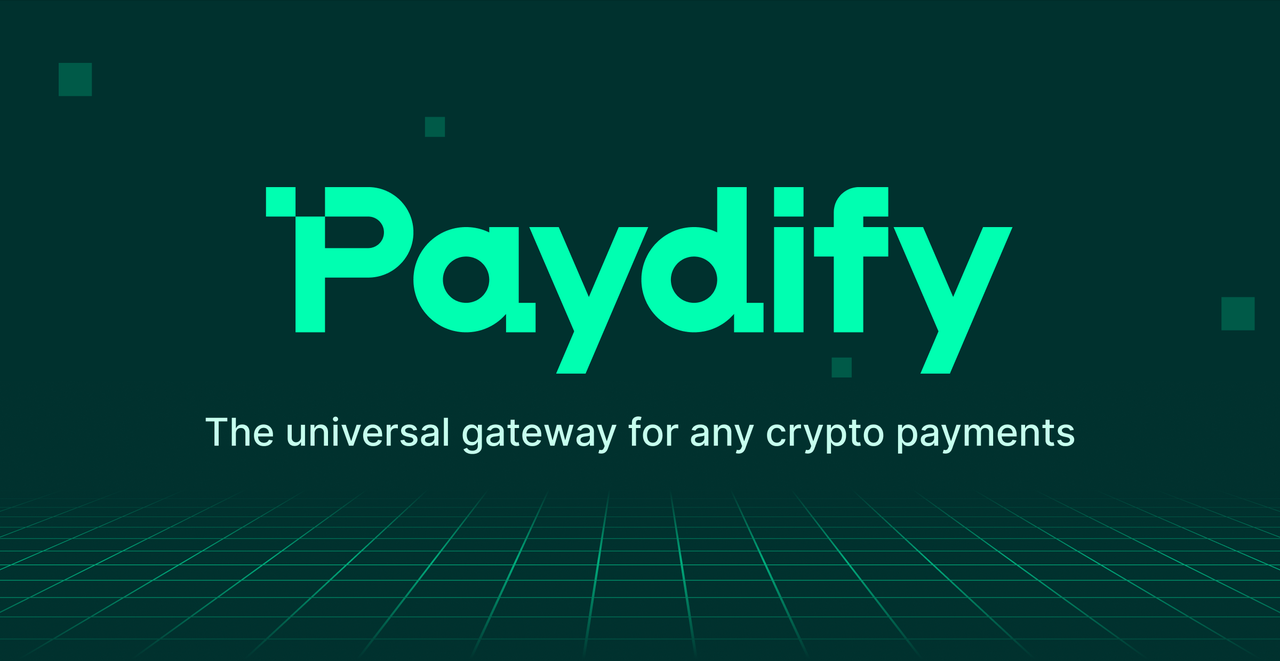The Central African Republic (CAR) has made a surprising announcement: the launch of a memecoin, presented as an experiment, according to the president’s X account. This bold move raises questions about the country’s economic strategy, the relevance of memecoins in a national context, and the potential impact on cryptocurrency adoption in Africa. This article explores the reasons for this move, the risks and opportunities, and the crypto community’s reaction.
Motives behind the Central African memecoin
The precise reasons that led the CAR to launch a memecoin remain unclear. It is likely that the country is seeking to draw attention to its crypto market and generate excitement around the field. This communication strategy could be aimed at attracting new investors and stimulating economic activity. Another motivation could be to experiment with a new form of digital currency, potentially more accessible and less expensive than traditional systems.
Furthermore, the CAR, which has already adopted Bitcoin as legal tender, could seek to strengthen its position as a pioneer in the field of cryptocurrencies. The launch of a memecoin could be seen as a way to diversify its approach and explore new opportunities. However, it is also important to consider the risks associated with this initiative, including the volatility of memecoins and the risk of financial loss for investors.
Risks and opportunities of a controversial experiment
The launch of a memecoin by a sovereign state is an unprecedented initiative that carries significant risks. Memecoins are known for their extreme volatility and lack of solid fundamentals, which makes them particularly risky for investors. Furthermore, the launch of a memecoin could harm the CAR’s credibility and reputation as a serious and responsible country.
However, this initiative could also create opportunities. If the memecoin is successful, it could generate revenue for the state and draw attention to the CAR as an attractive destination for crypto investors. Moreover, it could help raise awareness of cryptocurrencies among the local population and encourage their adoption. The success or failure of this experiment will largely depend on how it is managed and promoted.














